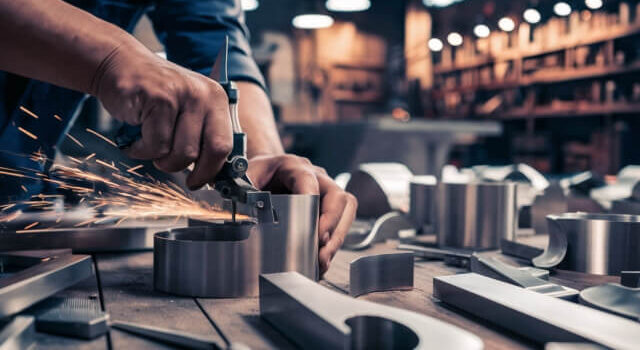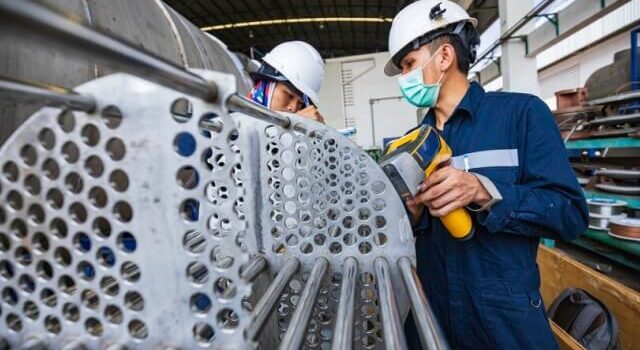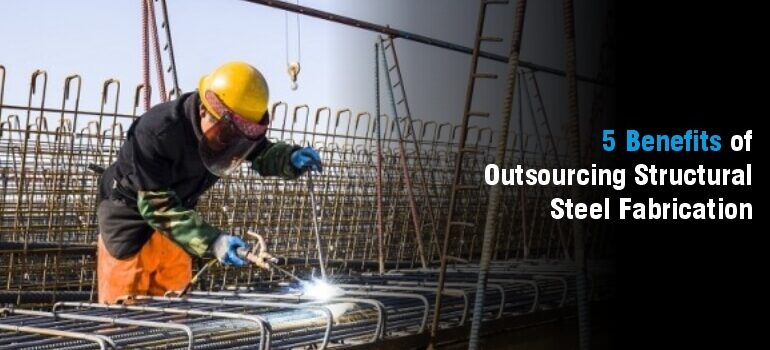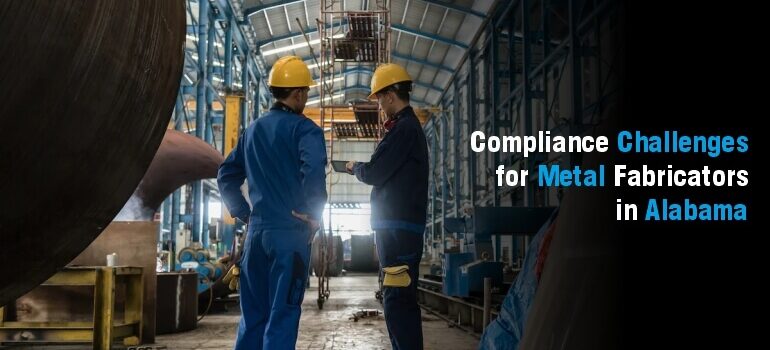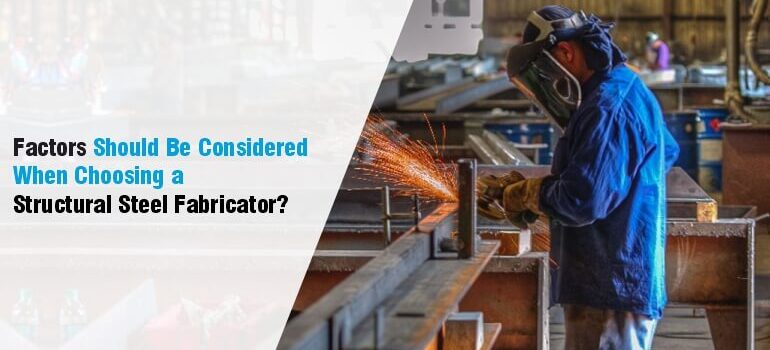How to Minimize Waste in Steel Fabrication Projects?
Steel fabrication is an important industry. However, it is prominent in construction ventures and manufacturing industries. Nevertheless, there are several concerns about which waste generation is a frequent occurrence. That is why it is necessary to refuse excess material, as it raises costs and negatively affects the environment. Consequently, optimizing waste reduction in viable steel fabrication projects is crucial. This post examines the possibilities for waste minimization and the use of sustainable practices in fabrication projects.
Understanding Waste in Steel Fabrication
Waste in steel fabrication means any wastage in terms of materials and irrationality in fabrication processes. It has scrap metal, off cuts, and even labor waste wh, ich all give way to the production of many products. Awareness of these waste sources is essential. That is, where waste has been identified, you may be in a position to implement corrective measures.
How to Minimize Waste in Steel Fabrication
Now, let’s discuss how you can avoid the problem of waste in your projects and what techniques are helpful in this case. These strategies will assist you in minimizing your business operations. Also, costs can be saved, and they can provide better solutions regarding sustainability.
- Plan Thoroughly Before Starting
The first measure of waste reduction is planning. Planning is the conventional way of solving problems since it reduces errors while increasing efficiency. Here are some planning tips:
Assess Project Requirements: Understand the type of materials to use.
Create Accurate Measurements: See that all dimensions are correct.
Estimate Material Needs: Determine what the amount of material that you are going to consume is.
Thus, if a plan is made correctly, minimal waste can occur during the implementation process.
- Invest in Quality Materials
Selecting quality raw materials is very important to reduce wastage. Typically, high-quality steel leads to a low defect rate. Thus, you minimize scrap generated on the production line, enhancing efficiency. Consider the following when selecting materials:
- Grade and Thickness: Select the correct specification for your project.
- Supplier Reputation: It must involve partnering with credible suppliers to produce good quality products.
This is a clear testimony that investing in good quality raw materials is more economical.
- Optimize Cutting Techniques
The primary aspect of waste minimization concerns cutting technology. If done correctly, there will not be much leftover material on steel cutting or whatever you are using. Here are some effective strategies:
- Utilize Advanced Software: Automated software can become helpful in planning cuts appropriately.
- Nest Parts: Put pieces compactly on sheets to minimize the use of scrap material.
- Use Efficient Tools: Purchase materials that require little or no cutting to avoid wastage.
A lot of waste can be saved when you choose to work with cutting efficiency.
- Embrace Lean Manufacturing Principles
Lean manufacturing is a production management strategy that defines and pursues waste elimination. It is focused on performance and improvement. One way to make fabrication projects more sustainable is by applying lean principles in your organization. Consider these key aspects:
- Continuous Improvement: Conduct assessment for processes to make them more efficient.
- Value Stream Mapping: Determine the movement of resources and communication channels.
- Employee Training: Educate staff on lean to ensure they willingly embrace the practice.
Implementing lean principles helps promote change and embrace waste reduction.
- Monitor Material Usage
Controlling the material consumption is of paramount importance in the effort to reduce wastage. It also shows where there is wastage and how much is used to make necessary improvements. Here are some methods to monitor usage:
- Inventory Management Systems: Track the material through software.
- Daily Logs: Daily records of usage of materials and products must be maintained.
- Review Scrap Rates: Check the scrap rates for the rising tendency.
This shows an area for improvement because you can identify problem areas by tracking usage.
- Implement Recycling Practices
Using recycled steel can help to minimize waste in construction and other fabrication projects. Steel is one of the highest recycled products all over the world. Here are some recycling practices to consider:
- Collect Scrap Metal: It is necessary to establish the procedure for collecting scrap metal.
- Partner with Recyclers: Find out local firms that deal with recycling and reuse materials.
- Educate Employees: Educate and remind your team about recycling practices to keep them on board and positive about it.
Recycling habits practiced not only help to minimize waste but also contribute to sustainable development.
The Bottom Line
In summary, sustainability in steel fabrication projects depends on reducing waste. You can cut waste considerably by putting the ideas mentioned into practice. Start by investing in high-quality materials and evaluating your processes. Improve your cutting methods, follow lean concepts, and monitor material consumption. Implement recycling procedures and improve staff training as well. For creative solutions, work with suppliers and make use of technology. Lastly, to guarantee ongoing improvement, evaluate your procedures regularly.
Overall, concentrating on waste reduction helps the environment and your financial line. Implementing these methods can make Your steel fabrication projects more sustainable and efficient.

